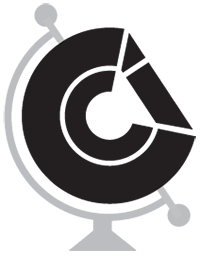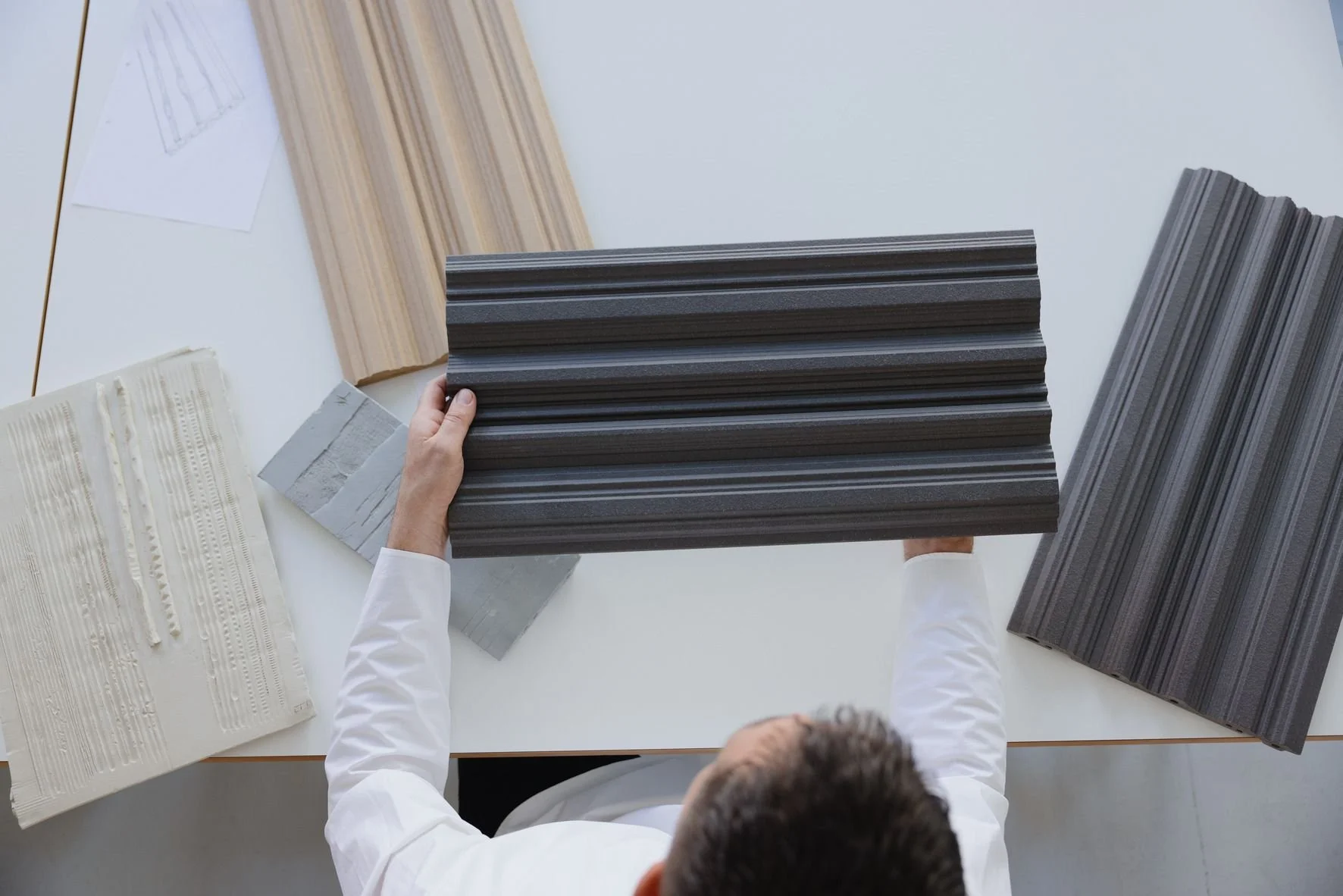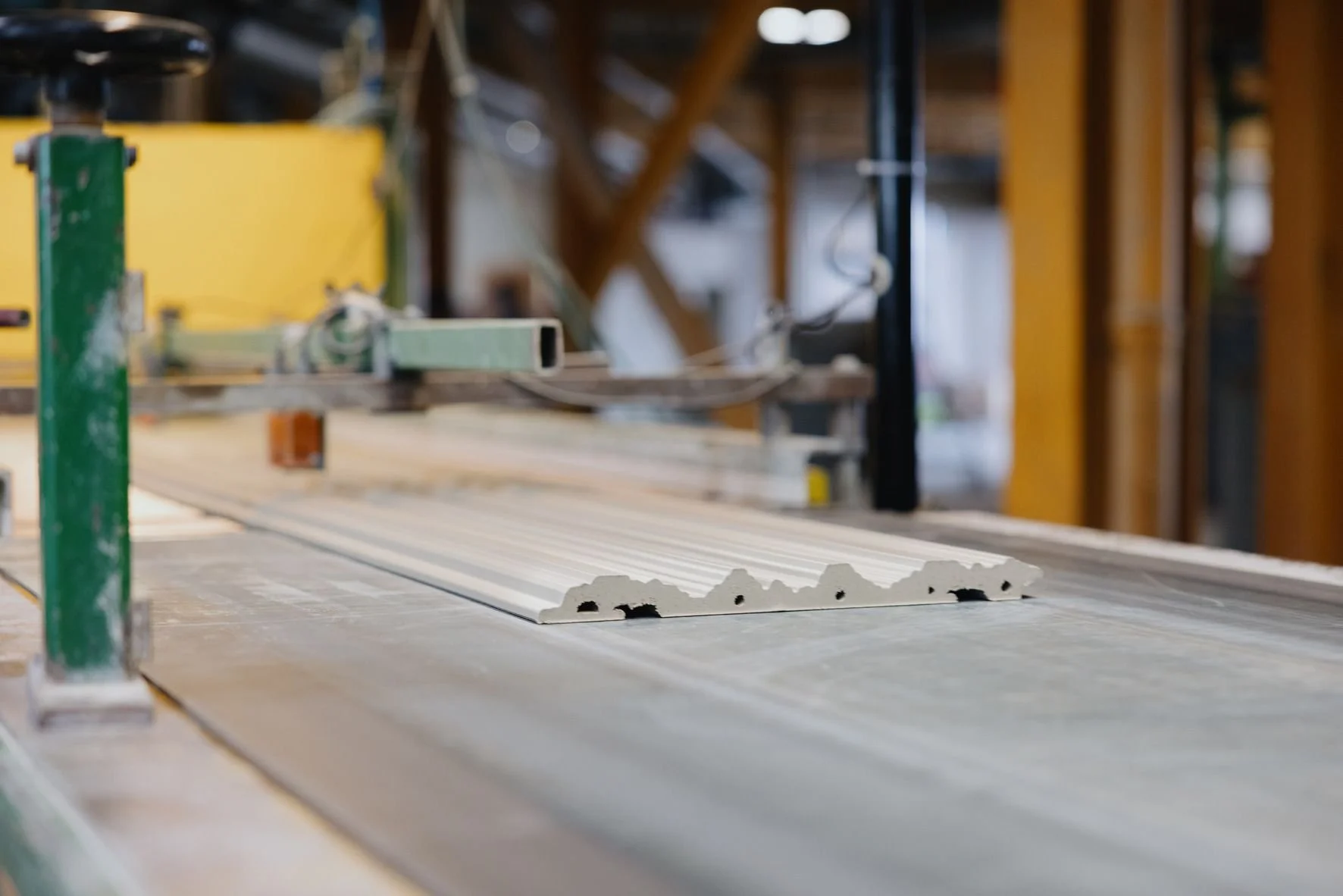Terracotta Façade Design: Q&A with Markus Bischof
Following the success of AGROB BUCHTAL’s popular CANYON and KAIJO terracotta façade collections, we had the privilege of sitting down with product designer Markus Bischof to discuss his creative work designing these stunning collections. Bischof is an expert in crafting unique and visually striking designs that cater to diverse clients, finding inspiration from his surroundings to create truly exceptional pieces. With years of experience in the field of product design, Bischof offers valuable insights into the challenges and creative processes that go into designing terracotta façade panels. Whether you're an architect, builder, or design enthusiast, Bischof's extensive knowledge and unique perspective are sure to both inspire and inform.
Can you tell us a little about you and your background?
Well, I am a German designer, living and working in Bavaria. I am also a trained joiner. In 2010 I opened my design studio, since then I worked for a great variety of industries with more than 300 designs and over a dozen international awards and prizes.
Can you tell us what it means to be a product designer and what brought you into this field?
The office has its own song (not a joke and actually produced by two friends of mine from NY) and the lyrics describe my feeling and responsibility very well „Designing is the love of change for better, understanding desire and human needs, creating identity and shaping behavior, Inventing goods that speak to society!“ For me, there are many disciplines and I see my job as a privilege. I never thought about becoming a designer, there where several incidents, so probably design picked me. ;-)
What is your design process like – what inspires you?
During my studies, I was taught to start with research and analyses – I don’t do this anymore. Your brain is like a computer, which is saving pictures in a temporary folder – at the end of the day, you are tired, not able to be creative anymore and your idea is maybe part of that what you have seen already. In general I start with intuition and experience. By this I try to imagine the perfect result before I do the strategic design process and mostly this sketches turn into the final product. I like to think analog, I love going to historical museums and compare the context to nowadays, I am very into culture like music, art, … nature and humans.
What interested you in designing a terracotta façade collection?
First of all, I really like the material, probably because of my roots as a joiner and I appreciate honest and strong materials. Design wise I was fascinated by the chance of defining the buildings skin and bringing a positive impact to the architecture.
Can you tell us more about the CANYON and the KAIJO designs and what inspired these designs?
I was not thinking of a product at the beginning, it was more like what do I like and appreciate on buildings and same what do I not like and why. Also what is influencing a building - surrounding, other buildings, traffic, people, sun, weather, seasons … and after a while I came up with needs and out of that I started finding solutions for that in the possibilities of ceramic facades. Both designs find their Origin in nature and where transformed into an urban context. But also light and shadow, as well as near and far effects, played a key role. Canyon appears, like its name, very strong and defined. The extruded character creates lightness and height when vertical aligned and is grounding a building and making it dynamic when horizontal orientated. KAIJO is a more sensual result, the irregular stamping reminds of a swarm, of rain or water reflection. I am very glad that at the end both went into production.
What was it like working with AGROB BUCHTAL on this project?
I remember when I visited AGROB BUCHTAL for the first time. I was overwhelmed by the beauty of this huge company site sitting lonely and elegant in a small valley. The whole collaboration was super professional and also very familiar - it was a working together on an ideally vision and I am still very thankful for all team members of AGROB BUCHTAL, who were absolutely open minded and interested in developing both designs. I met great people with a huge passion and knowledge about their individual fields. I had the chance to learn a lot from them.
What was the design process like for this project – from idea to finished product?
Maybe we start with the beginning, because I sent in tile proposals to AGROB BUCHTAL which had an strong impact to the interior space. After that they asked me if I would like to work on outdoor facades instead and I loved the idea right away. Surprisingly I received no briefing afterwards, in simple word they told me to work on potential from my point of view. So I started to understand the material and production, I already told you about the process of inspiration and the phase of intuition and needs – that was the theoretical part and with a car full of unburned ceramics (still moldable) I got in touch with the practical experience. We did a workshop to see how the material responses and where limitations need to be considered.
What was different about designing a building product compared to other things you’ve designed?
The design process was almost identical, but the difference was the dimension of the application and the parameters that had to be taken into account. The paradox here is that a single facade element is not bigger than a luminaire or a piece of furniture. As a designer in this context, you are in charge of responsibility to create something that fulfills a long lasting and sustainable approach - I don't assume that you quickly change the facade following a new trend.
What else would you like Architects to know when considering using these terracotta panels?
I'm always interested in old techniques and know that in the past, surfaces were described with depth that came from the countless layers of finishes. In a transferred sense, CANYON and KAIJO provide this certain surface depth. My idea was to create something, which is supporting architecture and hopefully brings visual joy to the people who will actually live with those buildings. I appreciate, that architects and planers are interested in CANYON and KAIJO and probably consider it already for their new project – I am very curious about that.
Learn more about the CANYON and KAIJO collections.






